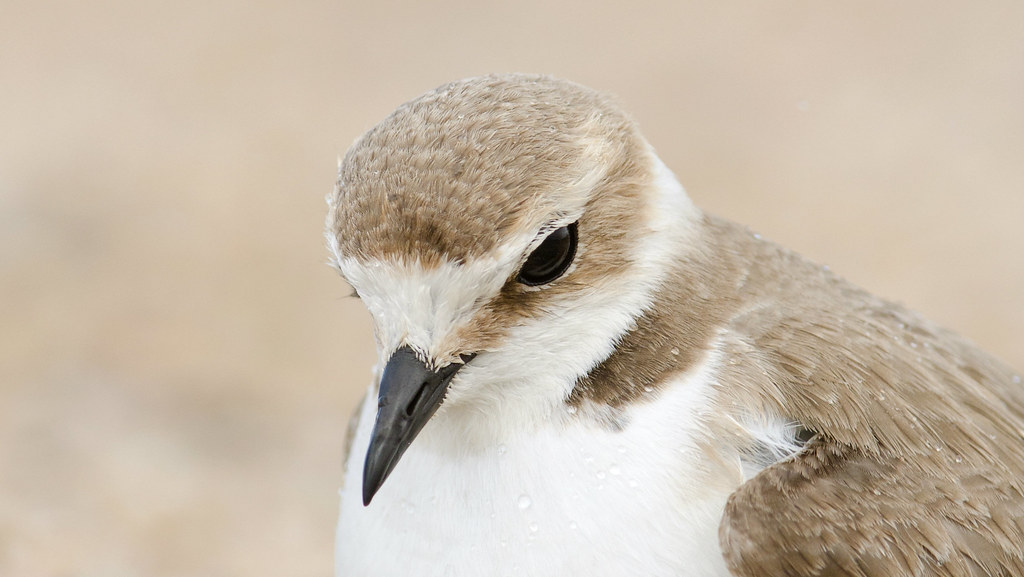The research could be used to predict the causes and effects of unbalanced sex ratios in human populations.
The team of scientists have previously shown that the adult sex ratio (ASR, the ratio of males to females) affects mating behaviour in terms of mate choice, divorce rates, infidelity and promiscuity, and also determines the parenting roles of males and females.
In a new study, published in the journal Proceedings of the Royal Society B, the team looked at what causes an imbalance in the ratio between the sexes. They analysed data from 187 bird species to see whether sex ratios at birth, termed ‘hatching sex ratios’, or sex ratios at independence of the young, termed ‘fledgling sex ratios’, correlate with the ASR. Instead they found that difference in mortality of adult males and females was by far the most significant predictor for ASR. The study established that the unbalanced adult sex ratios were due to the biased death rates of adult males and females, rather than biased sex ratios of offspring.
Tamás Székely, Professor of Biodiversity from our Department of Biology & Biochemistry, was first author of the paper. He explained: “Adult sex ratios in birds vary widely between species and have huge implications for mating behaviour and sex roles. For example, in populations where there are more males than females, the females have a wider choice of partners so females may play the field more. The males however will try to hang onto their mate by playing a greater part in tending to their young.
“This is the first study in any animal species to date to show what causes the imbalance in the sexes in a broad range of species. We found that in birds such as wild turkey, sage grouse and American woodcock, there are more females than males because the intense sexual competition between males causes many to be killed young, and consequently skews the sex ratio in favour of females.
“Conversely, in the red grouse, Scott’s oriole and greater prairie chicken, females often die younger because they produce more eggs, which reduces their lifespan, resulting in a male dominant population.
“This research could have big implications for humans, too. There are slightly more boys born than girls but the sexes balance out at around the age of 40. After 40, females dominate as men tend to die younger. Although the precise causes of male and female mortalities vary from one country to another, the mortality difference between males and females creates male-biased or female-biased sex ratios at a population level.
“Other researchers have previously suggested that unbalanced sex ratios have knock-on effects on consumer habits, increased incidence in violence, intra-marital and extra-marital behaviours. For instance with a male-biased ASR, heterosexual men increasingly seek sex workers that may accelerate the spread of sexually transmitted diseases.”
Birds are often used as model systems for human behaviours because they have been extensively studied in the wild, however this study opens up several new research avenues in other animals.
The researchers hope in the future to explore the causes of ASR bias in non-avian organisms such as fishes, frogs and mammals and to determine whether biased sex ratios predict mating behaviour and parental care in these organisms, in a similar way to birds.
“These are exciting prospects for behavioural ecologists”, added Professor Székely, “Since recent works put sex roles and mating systems in a novel perspective by emphasising the role of social environment influencing these social traits.”
If you found this interesting, you may also enjoy:
Bird mating behaviour influenced by sex ratios - March 2014
Why some fathers get left holding the baby - March 2013

